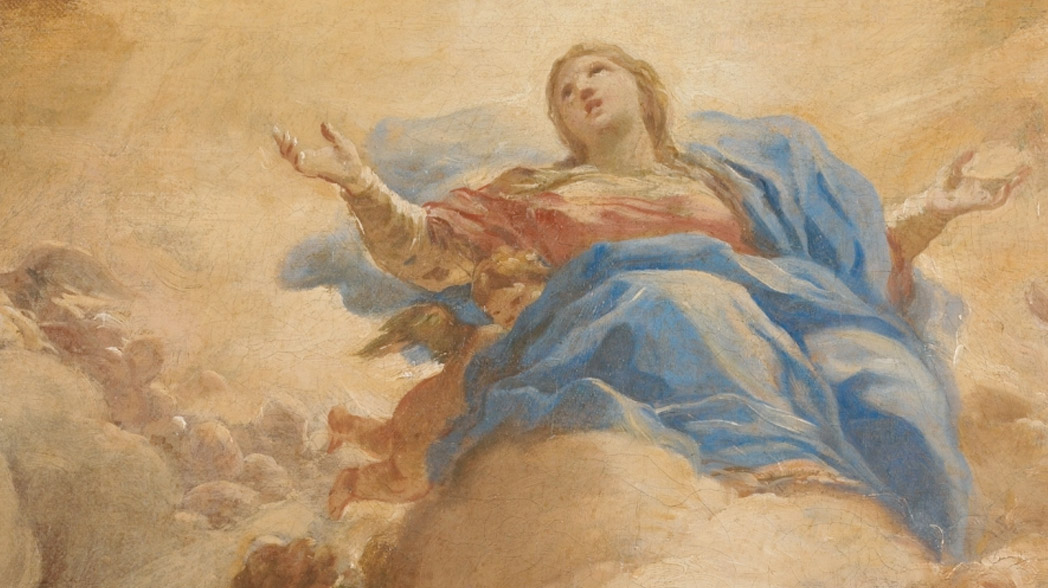Assumption of the Blessed Virgin Mary
Capuchin Retreat

By Br. McLean Bennett, OFM Cap.
I remember the gymnasium in which the ceremony was held. I remember my family visiting, and getting to show them around my college town — and finally getting to try eating at the nicest restaurant downtown. (Without my parents around, I’d never been able to afford it.)
Most of all, I remember this sensation that the hardest thing I’d worked for all my life was finally over. I had completed my 16th year of education. I had jumped through all the academic hoops that life had put in my way, and I was ready to coast through the rest of my life.
Or so I thought.
I had reached what I thought was the apex of my childhood ambitions, but found that life kept unfolding in front of me. I found out that work didn’t get easier with a college degree; it just kept coming.
The history of my life, you might say, didn’t end with what I’d expected would be its most climactic moment. Life had simply changed direction.
It’s taken me a while to find a way to connect my life to the feast that we celebrate this week: the Assumption of Mary.
For a long time, I simply approached this feast with the idea that here was an historical event from the life of Mary — Mary has gone to heaven — and we as a church were simply memorializing it.
In a certain sense, of course, that’s true. This is an important historical event, and we are memorializing it.
But does it have any connection to our lives today?
I suppose we might begin by meditating on what it means that history did not simply come to an end after Jesus’ death on the cross… or after his resurrection… or after his ascension into heaven.
Indeed, these moments were sort of like humanity’s “graduation ceremony” — the things we’d all been waiting for before the time of Christ.
And, yet, for Mary and for each one of us, life since the year 33 A.D. has kept on going. And we’re left to sort out for ourselves what Jesus’ life and ministry and death and resurrection all mean for us.
Mary’s life shows us that the redemption won on Calvary continues to unfold in time — it didn’t happen once and then the story of humanity was finished. Mary had to get to her assumption.
For Mary, whose relationship with her son was so special, hers was a special type of entry into eternal life. We’re called to the same heaven, though; the same eternity with Jesus.
And that means we still have our lives to live, too. Our own finishing lines to arrive at.
At every Mass, we commemorate once again the re-presentation of all that Jesus did for us at Calvary. This, we might say, is a bit like living, once again, our “graduation ceremony.” It’s the most important thing we’ve waited all our lives to experience — and we get to experience it anew every day.
And if we remain faithful to what the Eucharist calls us to, then we, like Mary, will be able someday to enter into eternal life. (Our “last” graduation ceremony.)